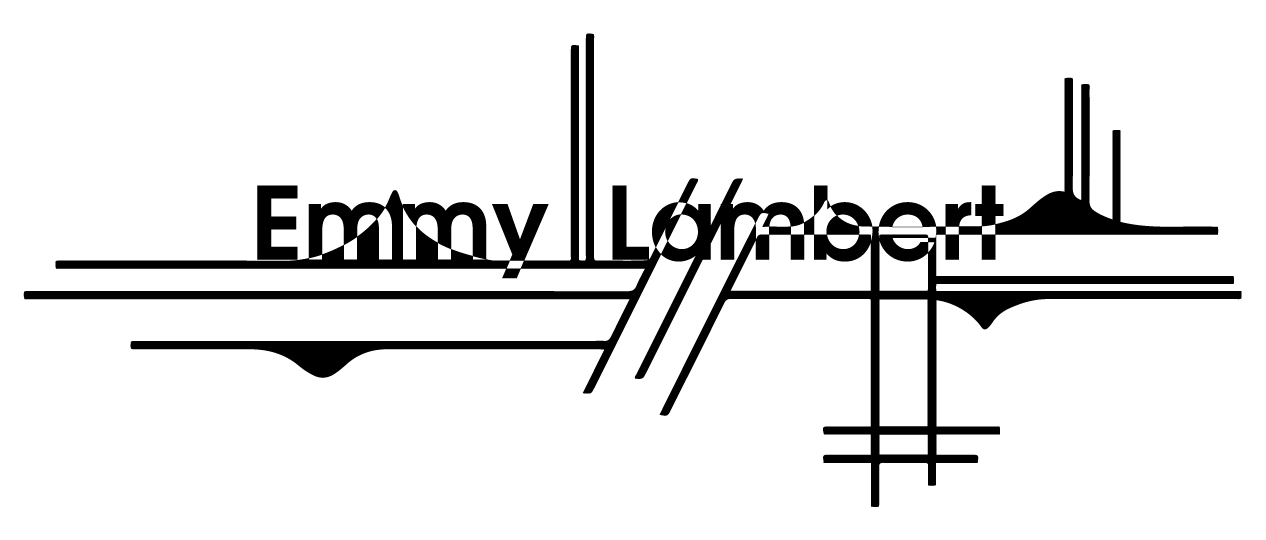What a twelve-hour show teaches you about critical listening
On Thursday 21st November 2024, composer Catherine Kontz’s 12 Hours was performed as part of The rainy days Festival at the Luxembourg Philharmonie. It is a durational, spatial piece for voice and electronics with improvisations throughout and, as the name suggests, runs unbroken for twelve hours between 11am and 11pm. Doubtless this is marathon for the performer (a challenge that mezzo-soprano Rosie Middleton rose to with alacrity and grace, but I’ll leave her to discuss that), but an immersive show of such duration also presents some unique technical puzzles to answer. It also had some unexpected effects on your humble front of house engineer, which I’ll get into later on.
The Prep
There are some design mismatches between conventional audio systems and an aleatoric endurance performance such as ours - most immersive control systems are designed to take at least some of the mixing out of your hands by pre-programming movements or changes, or following performers onstage. This works wonderfully when things run the same way every show (as in traditionally-scored musical works or scripted theatre) but for an ever-changing performance so closely focussed on a single performer, it becomes limiting. Ideas of play and responsiveness were central to12 Hours and all the electronics are made out of samples of Rosie’s voice. Add to this the practical limitations of the size, weight and sheer expense of these systems - I needed to build and test the show extensively beforehand (without the need for a fully kitted out rehearsal space), and then to form it into a robust fly package I could carry single-handedly from Manchester to Luxembourg by air. We also needed a recording of the full show, decoded from 8-channel immersive down to stereo, and some timecode for cameras.
It’s probably self-evident by this point that most of the show operation had to happen ‘in-the-box’, as having the flexibility to prep and rehearse in binaural then use that information in the full system was going to save a lot of time and money. Most of the development and testing was done in the Braudio Spatializer, a fantastically accurate tool in plugin form developed by Zoran Cvetkovic (Professor at King’s College London), Enzo da Sena (Associate Professor at University of Surrey) and Huseyin Hacihabiboglu (Professor at METU). This provided space for experimentation with the electronics and simulated spaces, enabling me to zero in on Catherine’s creative goals and to add some of my own. I was then able to prep the full session in Ableton using Envelop 4 Live and map the parameters I wanted to control for each hour to two Akai midi controllers, along with the parameters I needed for Rosie’s radio mic.
The Ableton track count for the show topped out at 134, all an hour long. Some were condensed and re-bounced to try and keep the session’s plugin count as low as possible and keep the computer’s CPU load down. Though there were cases in which I could make EQ decisions while bouncing it’s always risky to do this in headphones then take it to an immersive system in a room you’ve never heard, so I also tried to keep this to a minimum. The session outputs eight channels of audio, in this case to the venue’s Yamaha CL5 and d&b audiotechnik T-series PA.
The Performance
Functionally this was a three-hander - Rosie, Kristina Hjelm as lighting director and myself for the whole thing - and I’d wondered what the effects of mixing for that length of time with almost no breaks would be (performers with radio mics inhibit any inclinations one might have to wander off). As any studio mix engineer will tell you, it’s easy to reach a saturation point where your ears/brain just need to rest and reset and I was concerned about how it might affect my decision-making.
I expected fatigue, but within an hour I reached a kind of equilibrium where almost the opposite was true. The hyper-focus required in doing the usual tasks of FoH mixing, doing them in 8-channel spatial audio, doing that from a less-than-ideal mix position, watching a performer, keeping an eye on a radio mic, firing cues, overseeing a recording and reacting creatively to an evolving performance kept me sharper than I’d imagined. None of these aspects are new to me (and if any venue on earth even has an ideal mix position I’ll be shocked) but something about the combination of and the effects of the duration made them new. Catherine’s music is constructed in such a way that it distorts one’s sense of time - this could be seen in the audience too, many of whom arrived, stayed for two or three hours and then started visibly when they looked at their watches. A few saw nine or ten hours of the piece throughout the day. The last hour saw the addition of musicians who had been released from other pieces around the festival as well as festival-goers themselves, and a final ovation for Rosie that was very well-deserved.
Four days later, I’m finding there are enduring effects. I feel like a kid who’s just gone through a martial arts training film montage; as if I’ve had a condensed re-education in critical listening. I have a renewed level of confidence in my creative decision-making in my own work. I’m more aware even of my posture, and determined to take better care of my back. Though all productions teach me something, the lessons of this one are rich, varied and deeply satisfying.
